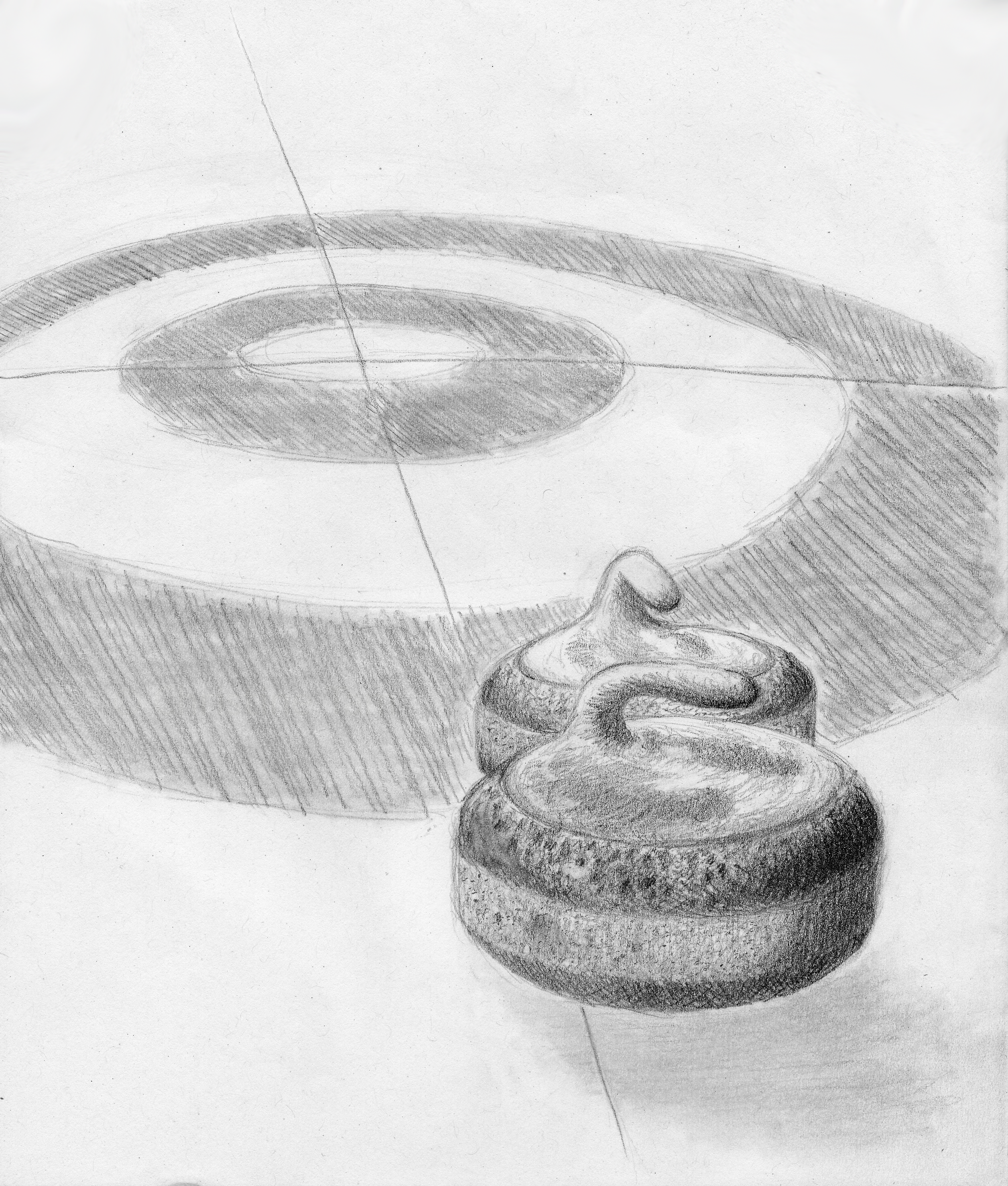1
Curling is widely believed to be one of the oldest team sports. It evolved out of the medieval Scottish pastime of sliding smooth river stones, called “loafies”, on frozen lochs. Early forms of curling were especially popular among weavers, who adapted the rocks they used to weigh down their looms to the game by fixing detachable handles to them.
2
“Winnipeg, get ready to paint the town Burgundy… this is going to end terribly.” Last year, Ron Burgundy sent shockwaves through the curling world after announcing that he would be joining TSN’s coverage of Tim Horton’s Roar of the Rings—Canada’s official curling trials—as a commentator, proving that Curling has reached cult status.
3
From riverbed rocks and weighted jam-pails, today’s curling stones weigh a standard 42 lbs—equivalent to your average three-year-old—and can cost up to $700 each. Some other curling essentials include flexible pants, fibreglass brooms, and Teflon-soled shoes.
4
If you’ve recovered from that sticker shock, most professional competitions require that your stone be fitted with an electronic handle known as the “eye on the hog.” This sensor detects if the thrower’s hand is in contact with the handle as it passes the foul line and costs another $700.
5
Curling debuted at the Olympics as an exhibition sport at the 1924 Chamonix Winter Olympics and became a fully recognized Olympic sport in the 1998 Nagano Winter Olympics.
6
Canada is currently the top-ranked nation in the sport according to the World Curling Federation, with a total of eight Olympic medals heading into Sochi 2014. A little further down the international rankings, past the Scandinavian powerhouses and the United Kingdom, lies China ranked at number seven worldwide. The sport has exploded in China; its victory over Sweden in the 2009 World Curling Championships marked the first time an Asian team has ever won a major curling competition.
7
Curling has unique physical demands. In major events, a team will play up to 35 hours over 14 games. The sweepers may have the most demanding task as they are required to reduce the friction underneath the stone and influence the curl of its trajectory.
8
Though Scotland is home to the World Curling Federation, the sport is most popular in Canada, where it was introduced by Scottish immigrants. Established in 1807, the Royal Montreal Curling Club is the oldest sports club still active in North America.
9
Above all, good sportsmanship is the most integral part of the game. Even at high levels of competition, players are expected to call their own fouls and it is considered good etiquette to concede the game if you have no chance of winning.
10
Curling has been referenced to as “chess on ice” for its tactical nature. Curlers can employ three different types of shots: guards, draws, and takeouts. Teams can either choose to go on the offensive and put more stones in play, increasing the excitement and likelihood for defeat. On the contrary, they can choose to play defensively and limit the on-ice interaction.









